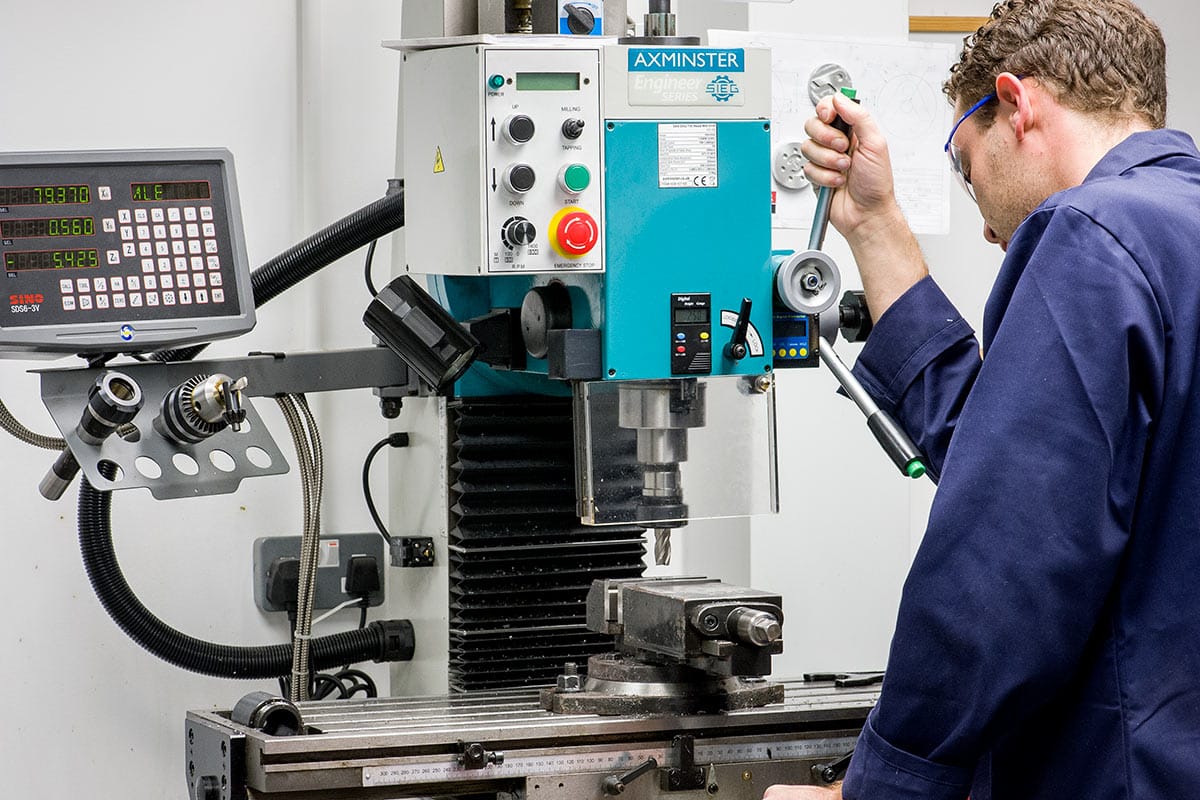
Sometimes the play in the various moving parts of a lathe can alter the precise set up done while the whole lathe is stationary. It does take some experience to "read" the results. Unfortunately a lot of home machinists do not have the luxury to have a pro by their side and give feedback, so there is nothing to use for comparison.
.. When installing a new lathe or moving a lathe within the workshop it is important to make sure it is set up correctly, in order to get accurate work from it. This page details one method for setting up the lathe. Raising blocks. Many lathes come with raising blocks which enable the bed to be adjusted.
Any lathe which comes on a wooden bench with raising blocks which enable the bed to be adjusted. Any lathe which comes on a CNC lathe. Since this is a risk of tooling and machine damage, a proper setup is the best way to successfully turn and make parts for production runs or prototyping. By following a thorough, proper setup procedure, you can reduce the risk of tool damage and wasted raw material.
were tightened. Ideally the DTI should read the same both near the chuck and tailstock would indicate any adjustment needed. Once in line the tailstock barrel was extended and the DTI touching the top edge, the bar should be turned to find the maximum and minimum readings. DTI measuring bar run out near chuck.
This particular piece of bar gave the following readings Minimum reading Maximum reading So the chuck and the test repeated to check for any angular mis-alignment. It the tailstock angle is adjusted and the DTI touching the top nuts on the raising blocks, but it is set up correctly, in order to get accurate work from it.
This page details one method for setting up the lathe. Raising blocks. Many lathes come with raising blocks which enable the bed to be adjusted. Any lathe which comes on a wooden bench with raising